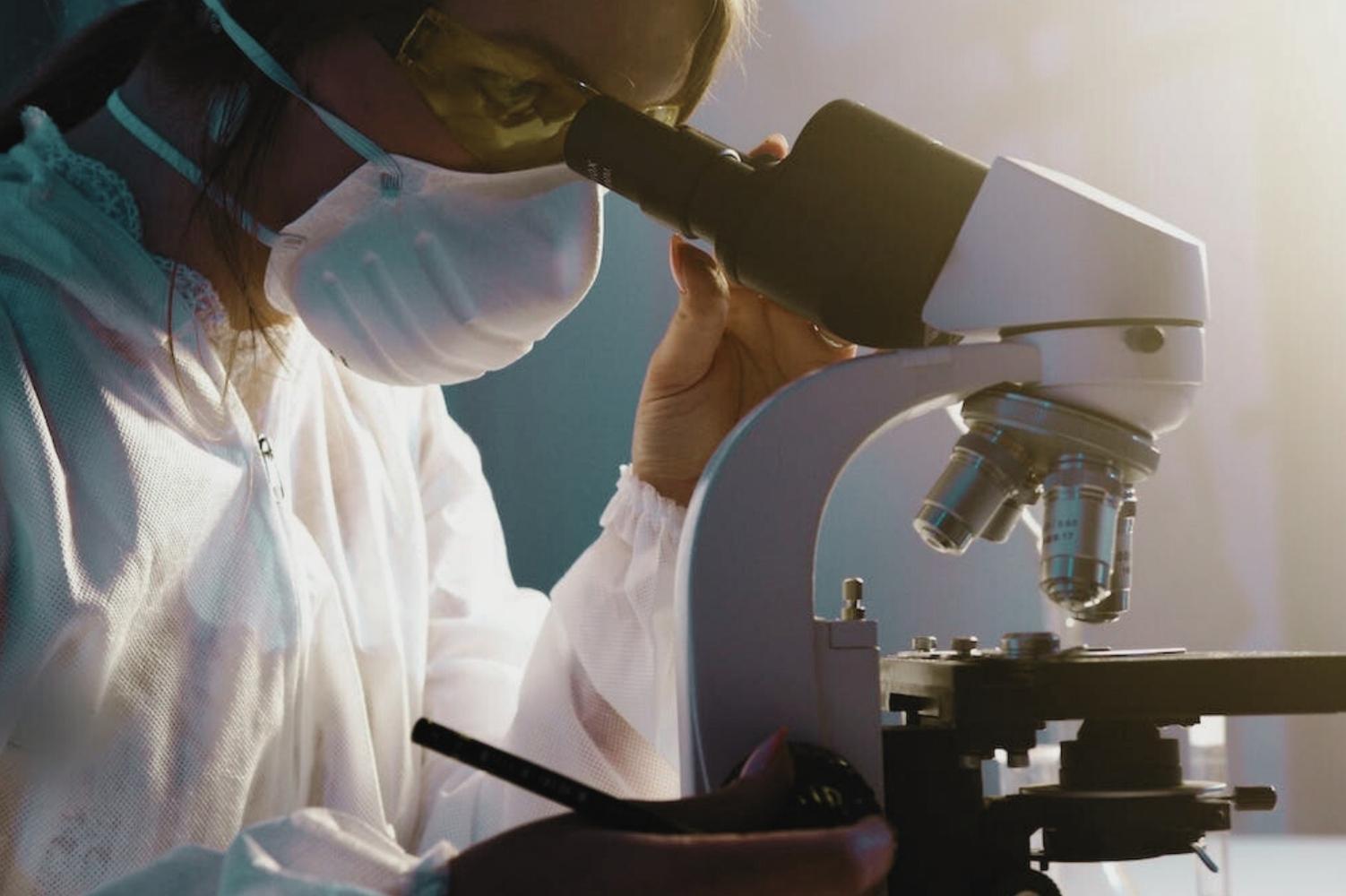
Protective Efficacy Testing in Cosmetic Products
Preservative Efficacy Test in Cosmetic Products
Preservative Efficacy Test in Cosmetic Products (Challenge Test) Ensuring that preservatives used in cosmetic formulations effectively prevent microbial growth and contamination throughout the shelf life of the product is an important part of cosmetic product safety assessment.
The preservative efficacy test evaluates the ability of preservatives to prevent the growth of microorganisms, including bacteria, yeast, and mold, in cosmetic products under specific conditions. This test is necessary to ensure the microbiological safety and stability of cosmetic products and to protect consumers from potential health risks associated with microbial contamination.
During the test, cosmetic product samples are inoculated with microorganisms at known concentrations and then incubated under controlled conditions. The efficacy of preservatives is evaluated by monitoring microbial growth over a specific period of time. The passing criteria for the test vary depending on regulatory requirements and product characteristics.
Conducting the preservative efficacy test (except for low-risk products) is a regulatory requirement to ensure the safety and quality of cosmetic products before they are marketed and sold to consumers.
In the following cases (TS EN ISO 29621: Cosmetics - Microbiology - Guidelines for the risk assessment and identification of microbiologically low-risk products / Cosmetics - Microbiology - Guidelines for the risk assessment and identification of microbiologically low-risk products), the application of the challenge test is not necessary. This standard assists cosmetic manufacturers and regulatory agencies in identifying finished products that present a low risk of microbial contamination during production and/or intended use and therefore do not require microbiological testing.
| Water activity ≤ 0.7 |
| pH ≤ 3.0 veya pH≥ 10 (e.g., solid soap...) |
| Ethanol ≥ 20% (e.g., cologne, perfume...) |
| Polar organic solvents (e.g., ethyl acetate and butyl acetate) |
| Hydrogen peroxide ≥ 3% |
| Ammonia ≥ 0.5% |
| Monoethanolamine ≥ 1% |
| Aluminium chlorohydrate and related salts ≥ 25% |
| Anhydrous formulations (Oil / Pencil / Powder) |
| Packaging Type (Aerosol Cap) (e.g., deodorant...) |
| Single-use products |
The evaluation of the preservative efficacy test is conducted through a screening test (challenge test). Below are two methods accepted by the Turkish Ministry:
- TSE EN ISO 11930
- European Pharmacopoeia (European Pharmacopoeia)
Both methods are based on the same principle.
At the beginning of the test, a known number of Pseudomonas aeruginosa, Staphylococcus aureus, Escherichia coli, Candida albicans, and Aspergillus brasiliensis microorganisms are inoculated into the product, and then the logarithmic evaluation of the microbial counts is checked at specific intervals and for a total of 28 days.
